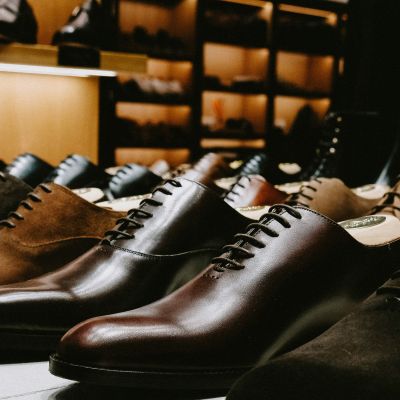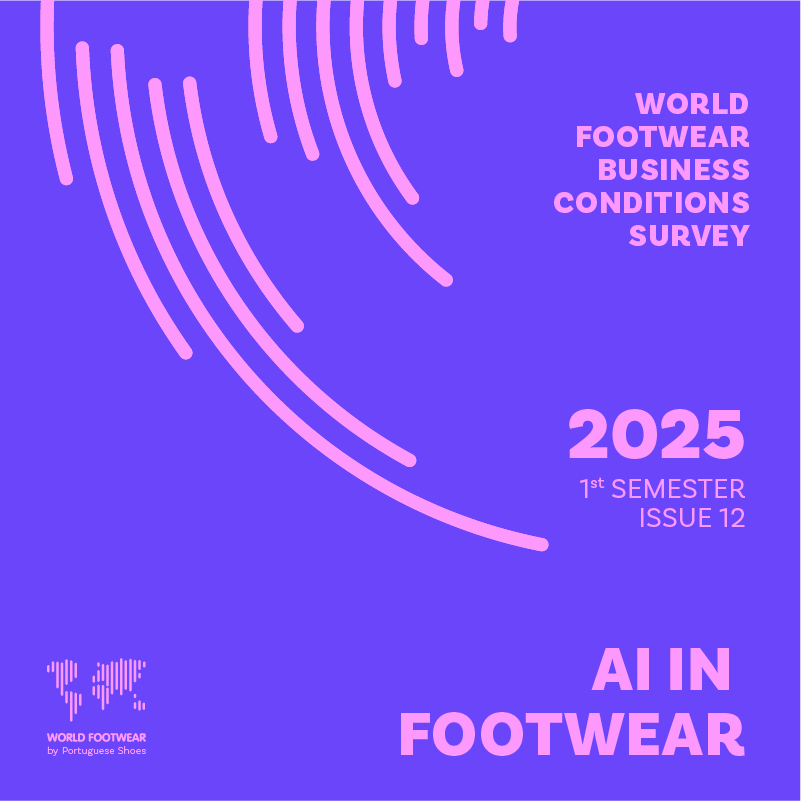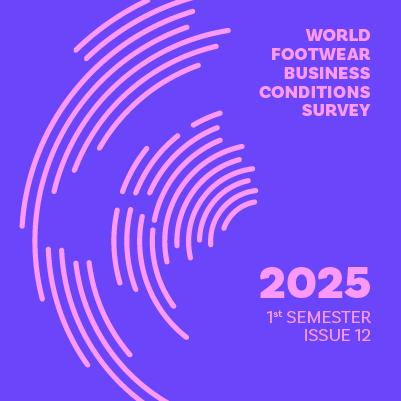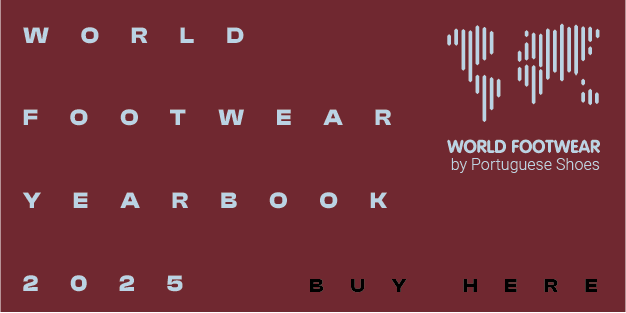Global fashion braces for a challenging 2026

According to the latest State of Fashion report, 46% of executives expect industry conditions to worsen in 2026. Tariff pressures and shifting consumer behaviour are key concerns, while artificial intelligence is seen as a major opportunity
In a first for its 10-year history, “challenging” has overtaken “uncertainty” as the word used most frequently by executives polled in the annual Business of Fashion–McKinsey State of Fashion Executive Survey to describe the industry in 2026. Tariffs were cited as the number one hurdle. In fact, 46% of respondents said they expect conditions to worsen in 2026, compared to 39% in last year's survey.
Geographically, 36% viewed North America as unpromising or very unpromising, which is double last year’s figure. On the other hand, sentiment towards China appears to be improving, even though conditions remain challenging: 28% viewed the market there as unpromising in 2026, down from 41% in 2025.
Overall, McKinsey’s analysis projects that the global fashion industry will post low single-digit growth once again in 2026 – while the luxury sector may see slight improvement, the broader fashion segment will grow slowly. This outlook reflects persistent macroeconomic uncertainty, cautious consumer behaviour, and structural pressures such as tariffs and supply-chain disruption.
Consumer priorities are also a key concern. In the face of inflation and economic uncertainty, shoppers are becoming more value-conscious and favouring quality, durability, and meaningful brand engagement. In this context, the mid-market segment and resale/digital-driven models are becoming more important, while the traditional luxury sector needs to rethink its approach – it doesn’t suffice to raise prices.
Meanwhile, artificial intelligence (AI) is regarded as the most significant opportunity on the horizon. “More than 35% of executives report already using it in areas such as online customer service, image creation, copywriting, consumer search, or product discovery”, the report states. Additionally, although automation will primarily impact roles in finance and manufacturing, incorporating generative AI could significantly enhance productivity in fashion marketing and sales.
The year 2026 will demand agility from brands, according to McKinsey. Those that can adapt quickly, embrace technology, and build direct relationships with customers will be better able to navigate the turbulent road ahead.
Image Credits: Mark Rabe on Unsplash
















